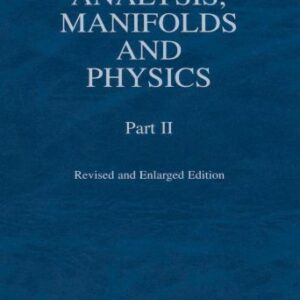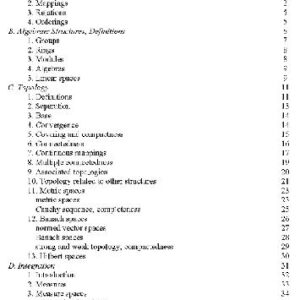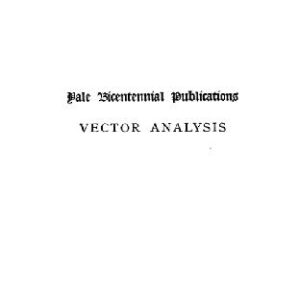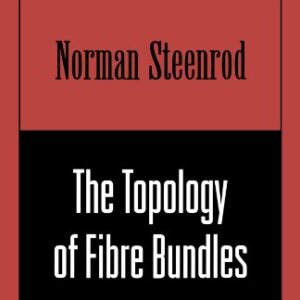This text introduces the theoretical framework for describing the quark-gluon plasma, an important new state of matter. The first part of the book is a self-contained introduction to relativistic thermal field theory. Topics include the path integral approach, the real and imaginary time formalisms, fermion fields and gauge fields at finite temperature. The author illustrates useful techniques such as the evaluation of frequency sums and the use of cutting rules. The second part of the book is devoted to recent developments, and gives a detailed account of collective excitations (bosonic and fermionic), showing how they give rise to energy scales that imply a reorganization of perturbation theory. The author also explains the relation with kinetic theory. He works out in detail applications to processes that occur in heavy ion collisions and in astrophysics. Each chapter ends with exercises and a guide to the literature. Graduate students and researchers in nuclear, particle, and astrophysics will benefit from this book.

![[PDF] Thermal field theory Michel Le Bellac](https://pdfelite.com/wp-content/uploads/2024/04/b7b148512812728df7f05724f66464ab-d.gif)




Reviews
There are no reviews yet.